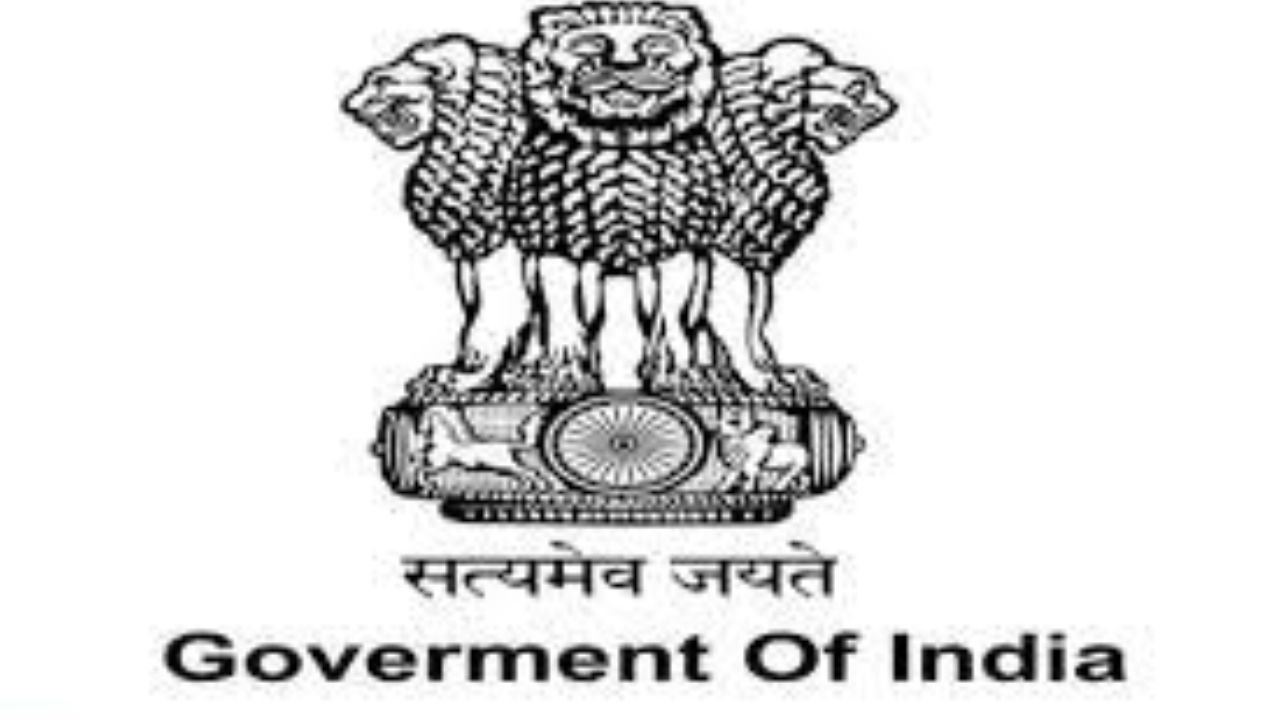Parliament: History, Structure & Powers-Lok Sabha, Rajya Sabha & President
The Parliament of India is the utmost legislative body of the Republic of India. It consists of a dual tier system i.e. president and both houses.

Parliament – Introduction
Elected or nominated (by the President) in either House of the Parliament are called Members of Parliament (MPs). The Members of Parliament of the Lok Sabha are elected directly by the vote of the Indian public in single-member districts and the Members of Parliament to the Rajya Sabha are elected by proportional representation by the members of all State Legislative Assemblies.
Parliament House has an authorized strength of 543 members in the Lok Sabha and 245 members in the Rajya Sabha, involving 12 nominees from numerous fields of expertise in literature, art, science, and social service.
Parliament House
Parliament House (Parliament Bhavan) is located in New Delhi. It was designed by Edwin Lutyens and Herbert Baker, who was made responsible for the planning and construction of New Delhi by the British government as the home of the Chamber of Princes, the Central Legislative Assembly, and the Council of State. The construction of the building took six years, and the opening ceremony was performed on 18 January 1927 by Lord Irwin, the Viceroy and Governor-General of India.
Read Also~Horoscope: Astrology Free Horoscope Online-Monthly & Daily
The construction cost of the building was ₹8.3 million (US$110,000). The building is 21 meters (70 ft) tall, 170 meters (560 ft) in diameter, and covers an area of 2.29 hectares (5.66 acres). The Central Hall contains the chambers of Lok Sabha members, Rajya Sabha, and the Library Hall.
Surrounding these three chambers is a four-story circular structure that provides accommodation for the members and houses the Parliamentary Committees, offices, and the Ministry of Parliamentary Affairs.
Parliament Committees
Parliamentary committees are formed to deliberate on specific matters in detail. The public is directly or indirectly involved and studies are conducted to help the committees conclude. There are two types of parliamentary committees: ad-hoc committees and standing committees.
Standing Committees are Standing Committees constituted from time to time in pursuance of the provisions of any Act of Parliament or Rules of Procedure and Conduct of Business in Parliament. The work of these committees is continuous.
Ad-hoc committees are appointed for a specific purpose and cease to exist when they complete the task assigned to them and submit a report.
Read Also~ Niti Aayog: Know History, Objects & All Important Facts
What is included in parliament?
Parliament is composed of the President of India and two houses: the Rajya Sabha (Council of States) and the Lok Sabha members (House of the People). The President in his role as the head of the legislature has full power to summon and prorogue either house of the Parliament or dissolve the Lok Sabha. The President can exercise these powers only on the advice of the Prime Minister and his Union Council of Ministers.
